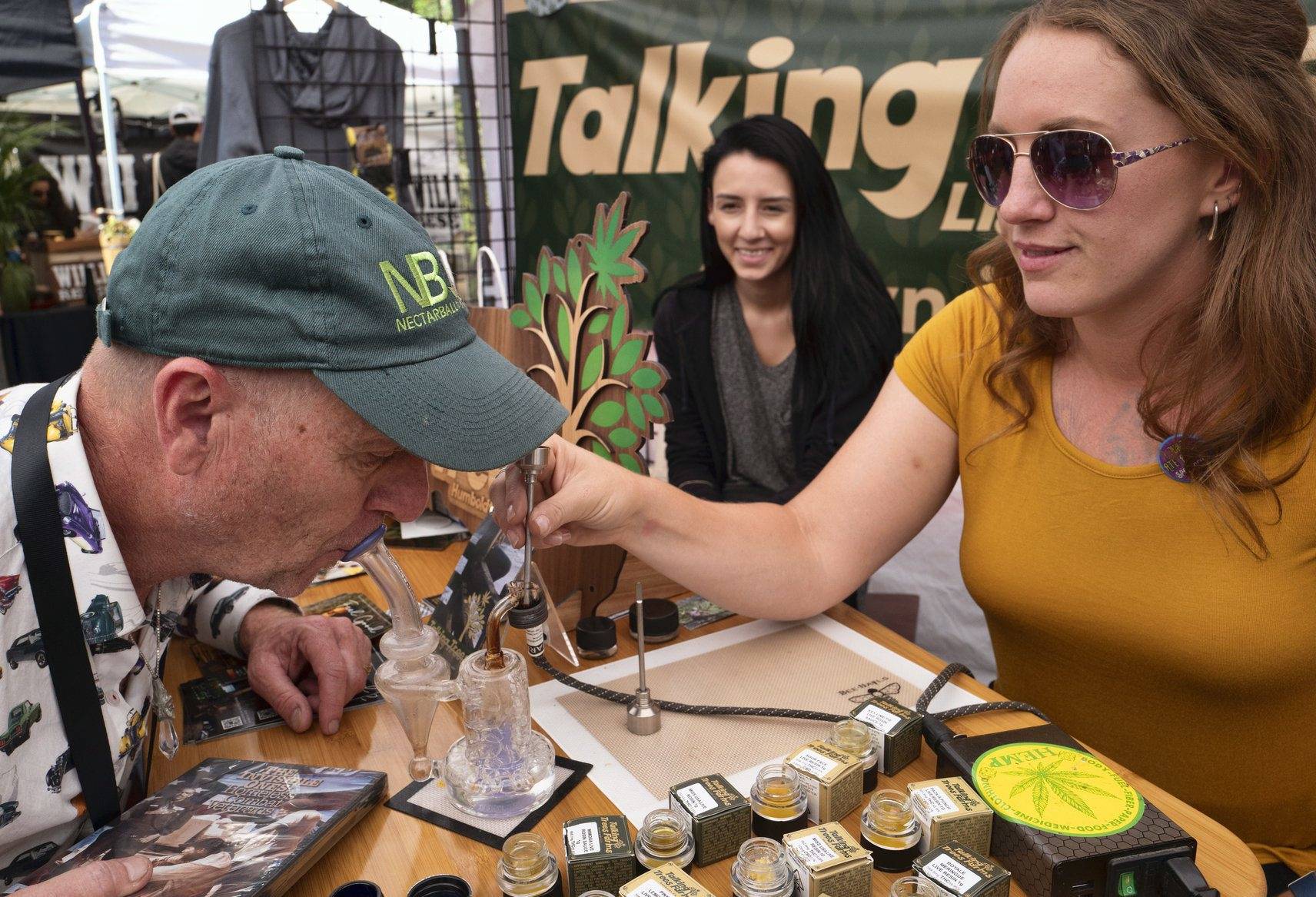Gone are the days when cannabis consumption simply meant rolling a joint.
Though still common, today cannabis use is a lot more diversified. Here’s a look at some of the pros and cons of some of the common ways to consume.
Smoking: Smoking the cannabis flower remains one of the most common ways to consume, but even this has different options.
In addition to being the least discrete, smoking can also be harsh on your throat.
For first-time smokers, a pipe can be best as it’s less harsh than most bongs, and also makes it easier to smoke a smaller amount.
Smoking from a bong is suggested for those less worried about harshness and who want to smoke in a more cost-effective manner than with joints.
However, since joints can be rolled and stored, they’re good if you want to smoke on the go without bringing paraphernalia beyond a lighter.
Smoking hash or kief is similar to smoking the cannabis flower but both will be stronger and harsher – best for a more experienced consumer looking to smoke a smaller amount.
Vaping: For a more discrete experience, vaping cannabis may be the perfect solution. It emits far less vapour than the amount of smoke from a joint, and the scent is different and much less powerful.
You can vape the cannabis flower itself, hash or kief, or concentrates; all will provide a similar discrete experience, just at varying strengths.
Vaporizers typically come as either a battery vape with disposable tanks filled with concentrates, or a vaporizer where you directly feed flowers, concentrates, hash or kief into a compartment that then heats up.
Vaporizing cannabis can be a good option for beginners because it typically delivers a weaker experience, and although it does still have a slight throat hit, it’s less harsh than smoking.
Concentrates: The most potent form of cannabis, concentrates are produced by extracting cannabinoids typically using hydrocarbon, CO2 or ethanol. Each method produces different products, such as dab wax, shatter or oil, which all vary in potency, consistency, texture, flavour and more.
Concentrates are typically either vapourized in a handheld vaporizer or a bong used specially for concentrates, usually called a dab rig, with a glass or metal bowl that’s heated up with a blowtorch and used to melt concentrates to inhale vapour.
Concentrates range in potency from around 50 per cent THC to the high 90s and are recommended for experienced cannabis users.
Edibles: Edibles come in a variety of shapes and sizes, with cannabis put into practically anything including candy, beer, pizza, pop, cotton candy and even coffee cups for your Keurig.
Edibles can be hard to gauge for inexperienced users because the effects can be much more varied than other forms of cannabis.
And more factors are at play than just tolerance.
Edibles generally take between 30 and 60 minutes to kick in but this can vary greatly from person to person, even taking upwards of 12 hours, and can depend on your diet, metabolism, tolerance, weight and amount ingested.
Some edibles, like lollipops, will be ingested sublingually instead of being digested and will generally take less time to kick in.
Edibles’ effects also last much longer due to the way they’re metabolized – often lasting between six and eight hours.
Consuming cannabis through edibles has some clear advantages for people who don’t enjoy smoking or don’t like the smell of cannabis, but inexperienced users should be careful to not accidentally redose thinking the first edible have been ineffective when in fact it’s simply taking a little longer to kick in.

